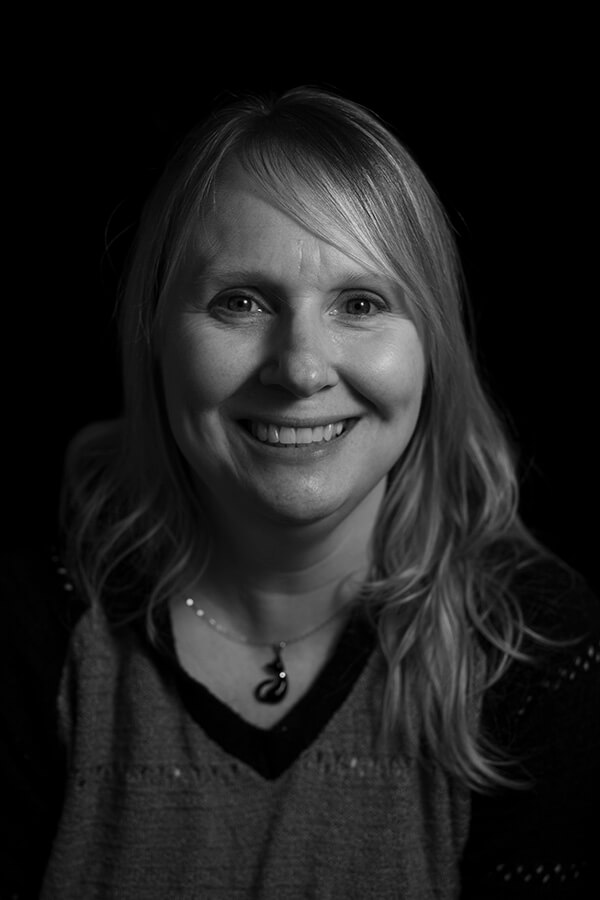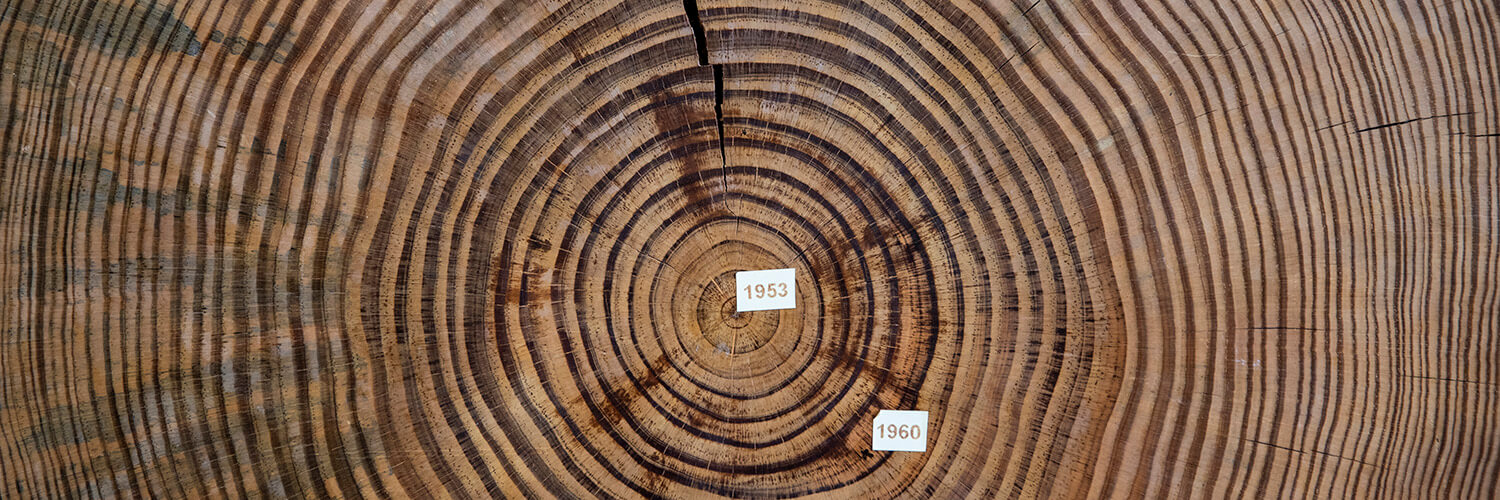rooted in time
UWG Faculty Discusses the Hidden Language of Trees Share this page
Trees are the lungs of our planet, silently marking the passage of time in their rings while purifying the air we breathe. At the University of West Georgia, researchers are unlocking these hidden histories through dendrochronology, the science of tree-ring dating, to uncover centuries of environmental, ecological and cultural change.

In anticipation of Arbor Day on April 25, UWG News sat down with Dr. Georgina DeWeese, UWG professor of geography, to learn that, by analyzing these natural time capsules, scholars are not only understanding past climates but also shaping a more resilient future for our forests and communities.
“Trees are important because they don’t get up and move around,” DeWeese began. “This allows us to gain insight into how trees and larger ecosystems respond to climate changes like fires, insect outbreaks, earthquakes, droughts and hurricanes and plan accordingly.”
DeWeese leads the university’s fully functioning tree-ring laboratory, which is equipped with the necessary equipment to collect and analyze wood.
“The pattern of wide and narrow annual rings provides the necessary data to reconstruct climate variables, like temperature and rainfall,” she continued. “By studying the relationship with trees and their modern responses to these changing climates, we can assume they behaved the same way in the past and will do as such in the future. This allows for climate reconstruction and prediction. If we can understand how trees respond to certain changes, we could help ensure the survival of forests.”
In addition to documenting environmental changes, human activities can also leave subtle yet significant marks on tree-ring patterns. Factors such as urban development, pollution and deforestation cause variations in ring width, density and composition. Over time, these changes serve as a natural record of how humans shape the environment.

“Deforestation, for example, destroys valuable information the forest was storing, as does urbanization,” DeWeese explained. “The survivors of deforestation will experience a release event, where their ring pattern will change from tight rings to larger ones. They have more resources with their neighbors gone and can grow more.”
DeWeese added that conifers are the best-suited trees for dendrochronological studies because it’s easier to discern from one ring from the next. One year of growth includes the light-colored earlywood – roughly from April to June – and the darker latewood – usually from July to September.
Tree rings can also provide more information on the ages of objects, such as artifacts and buildings. In a region rich with log cabins, each piece of wood holds valuable data.
UWG recently joined forces with Cobb Landmarks to tag, disassemble and relocate the historic Power-Jackson Cabin – potentially the oldest structure in Cobb County – from its original location to Hyde Farm Park. A major player in this project was student research assistant Hayden Anderson.
Anderson described his role at the cabin as preparing samples, sanding them down and mounting them so the tree rings were clearly visible and able to be accurately analyzed. Once that stage was completed, the rings were counted to determine the age of the tree when it was cut, after which the distance between them was measured using specialized equipment and a microscope. The data will later be compared to other trees of record, searching for growth and indication of powerful weather events or changes in climate.

“We are still working with preliminary findings and have yet to begin the database analysis, but some notes about the history of the site include the facts that a dated extension to the cabin was confirmed to be built during the 1840s, which confirms the cabin at least preexisted that date,” he added. “By being able to get a precise date with the cabin, it could provide great insight into living habits of settlers at the time as well as provide justification for the continued preservation for the structure into the future.”
DeWeese closed by stating she hopes people learn a lot from their research – about trees, our symbiotic relationship with them and lessons we can learn from them.
“I hope people will see how connected we are to the planet,” she concluded. “We learned in the past few years that trees communicate with each other via mycelium, which means they share food and information with their neighbors. Be like a tree. Assume you will always live in the same place and take care of it. Support your communities.”
To learn more about UWG’s geography program, visit the website.

